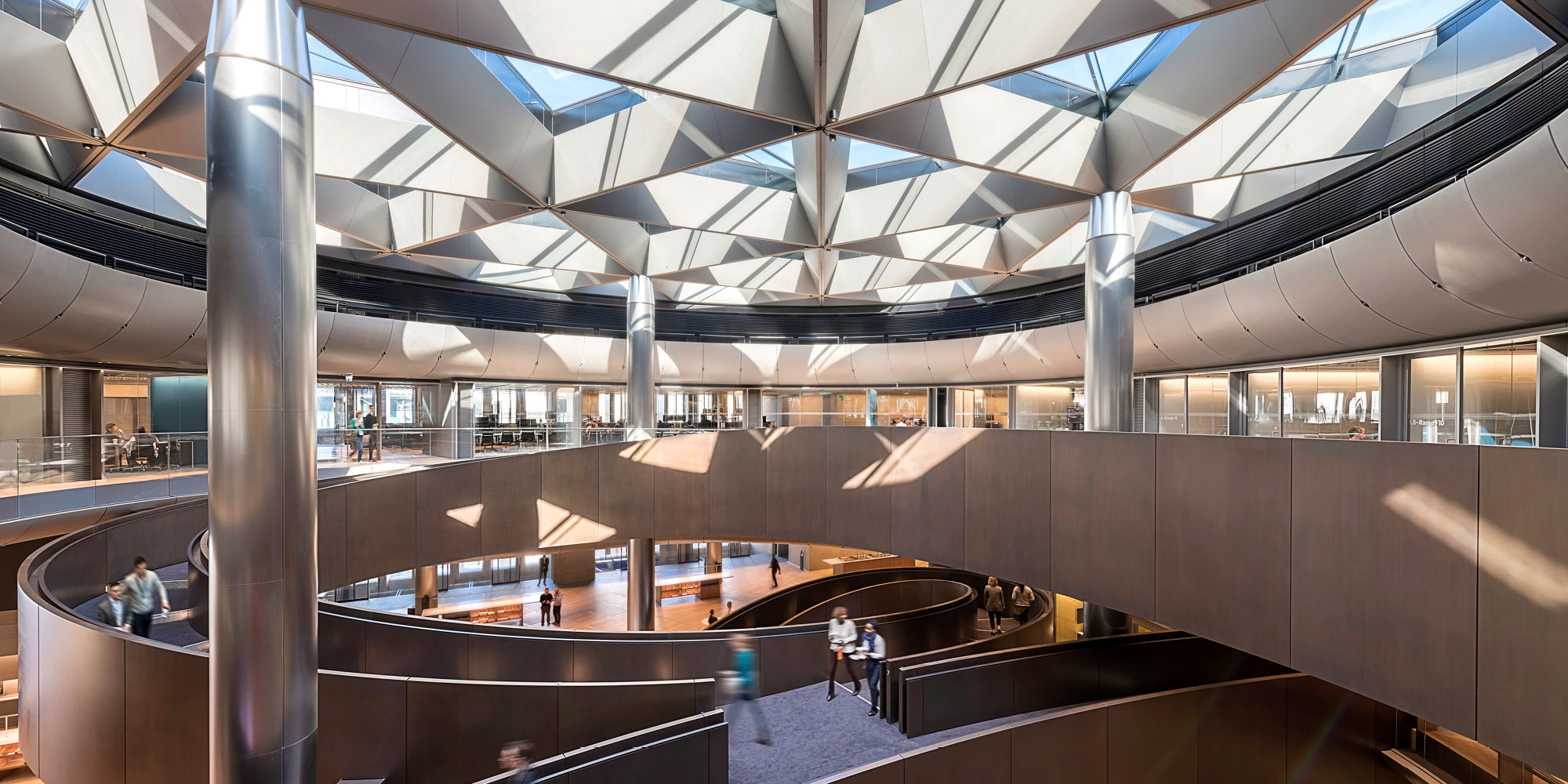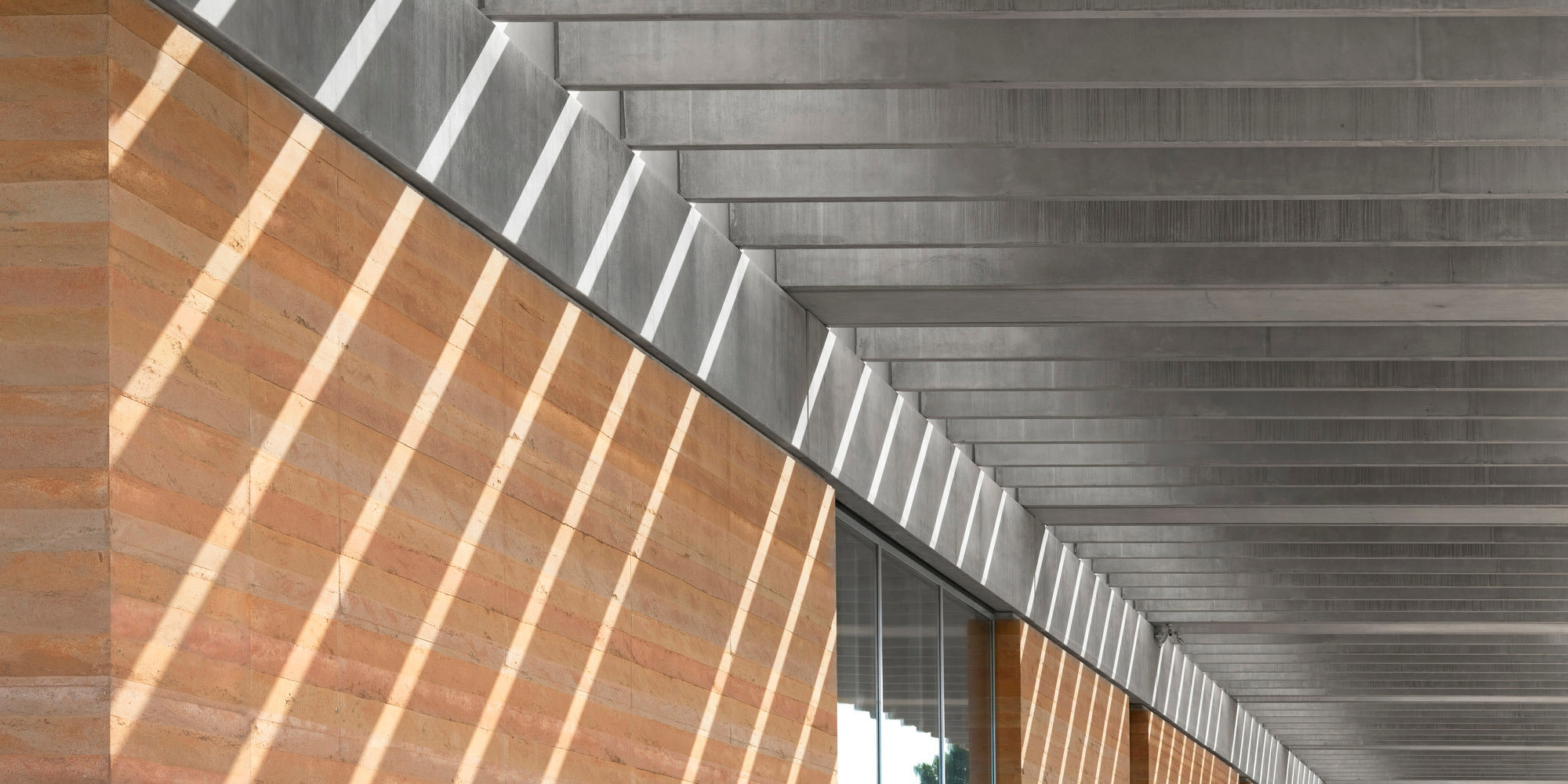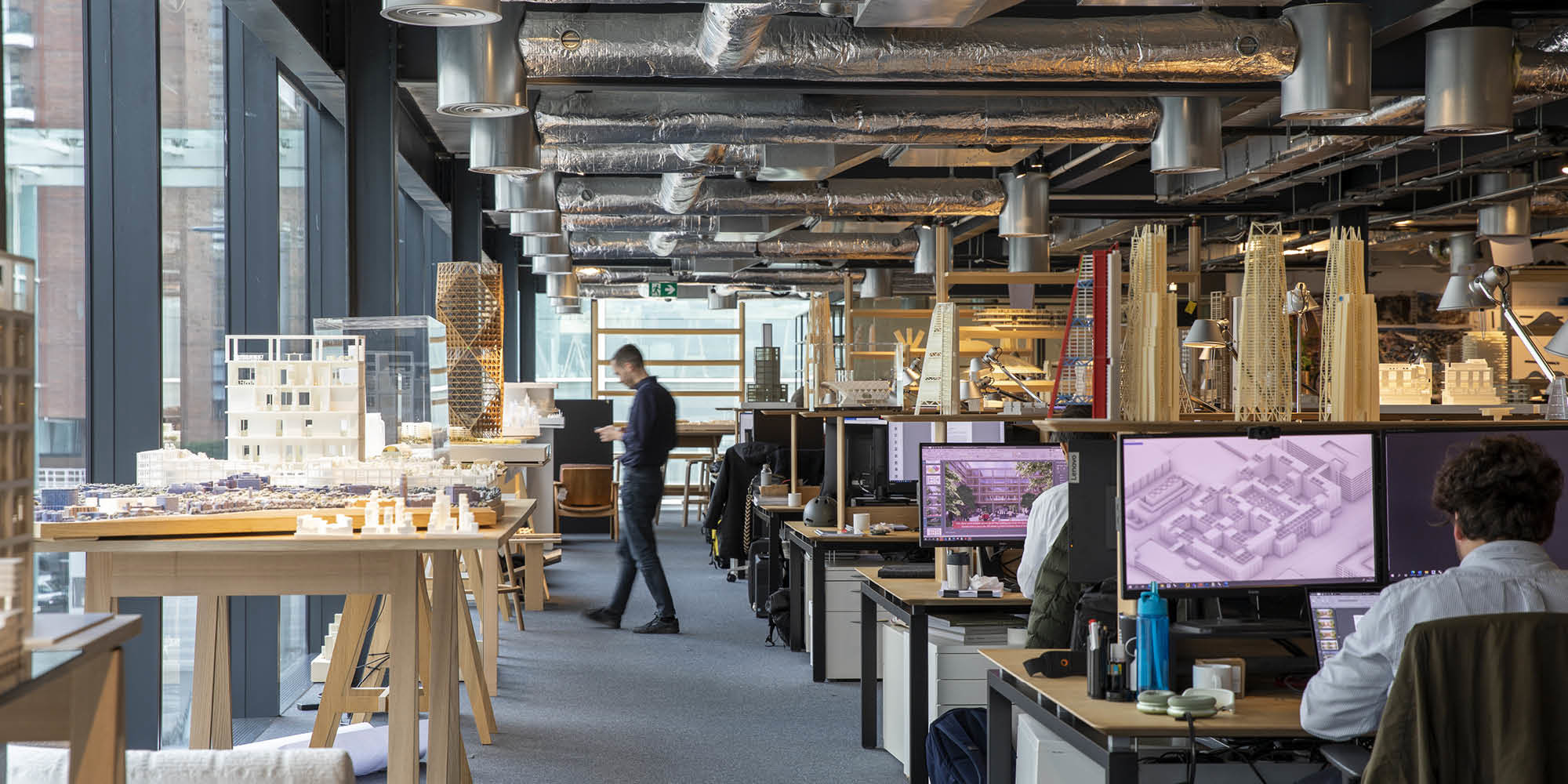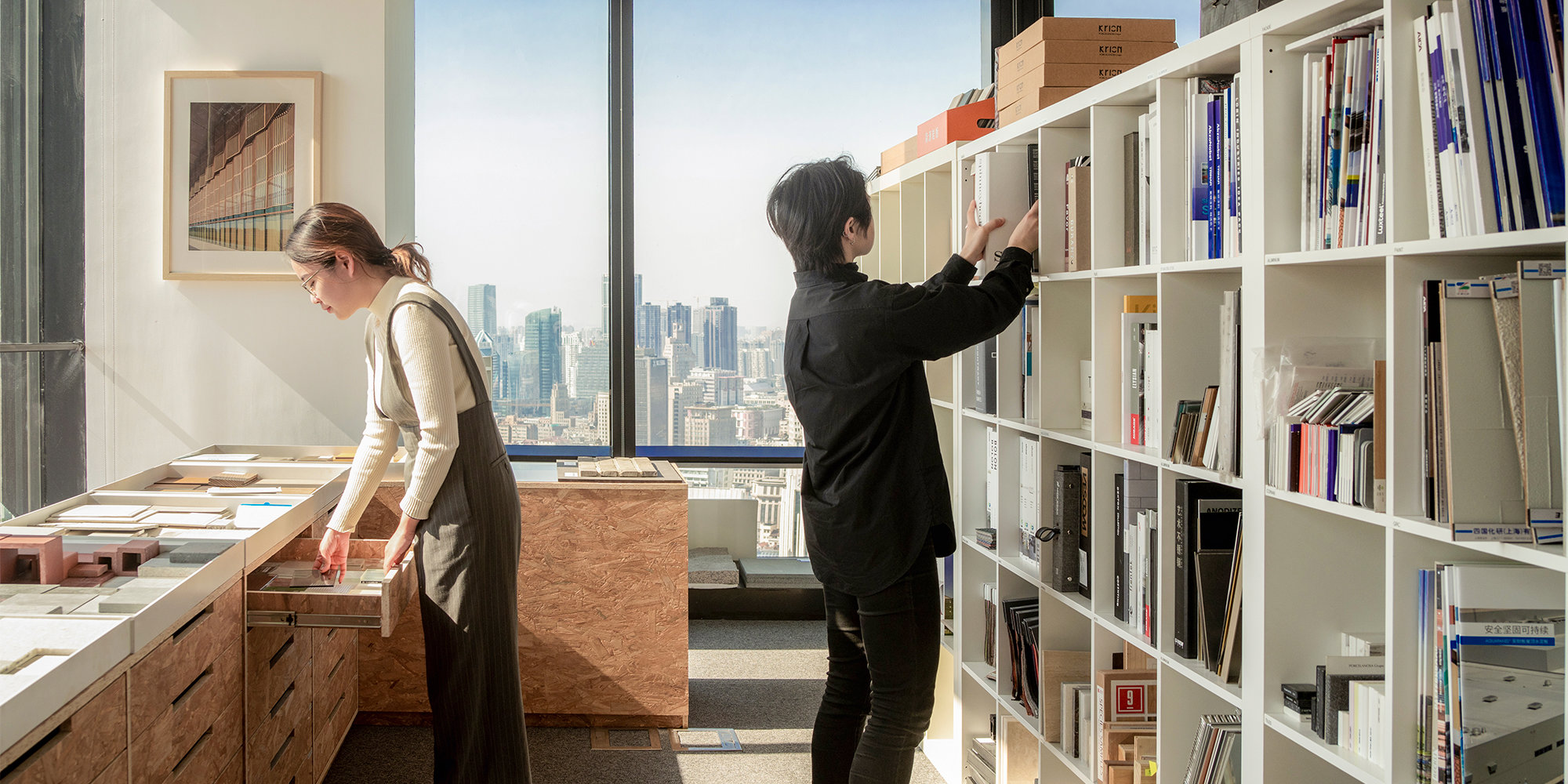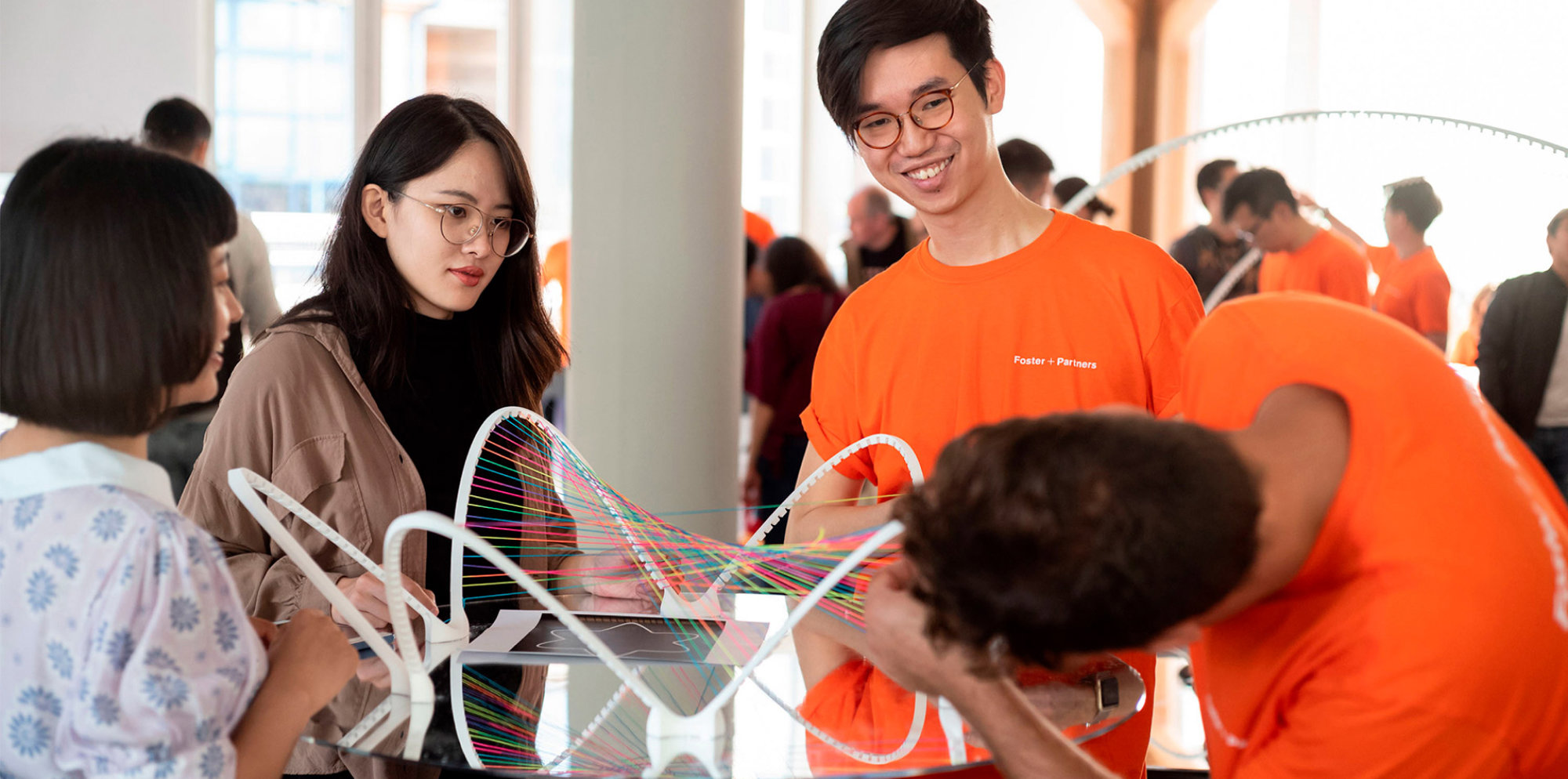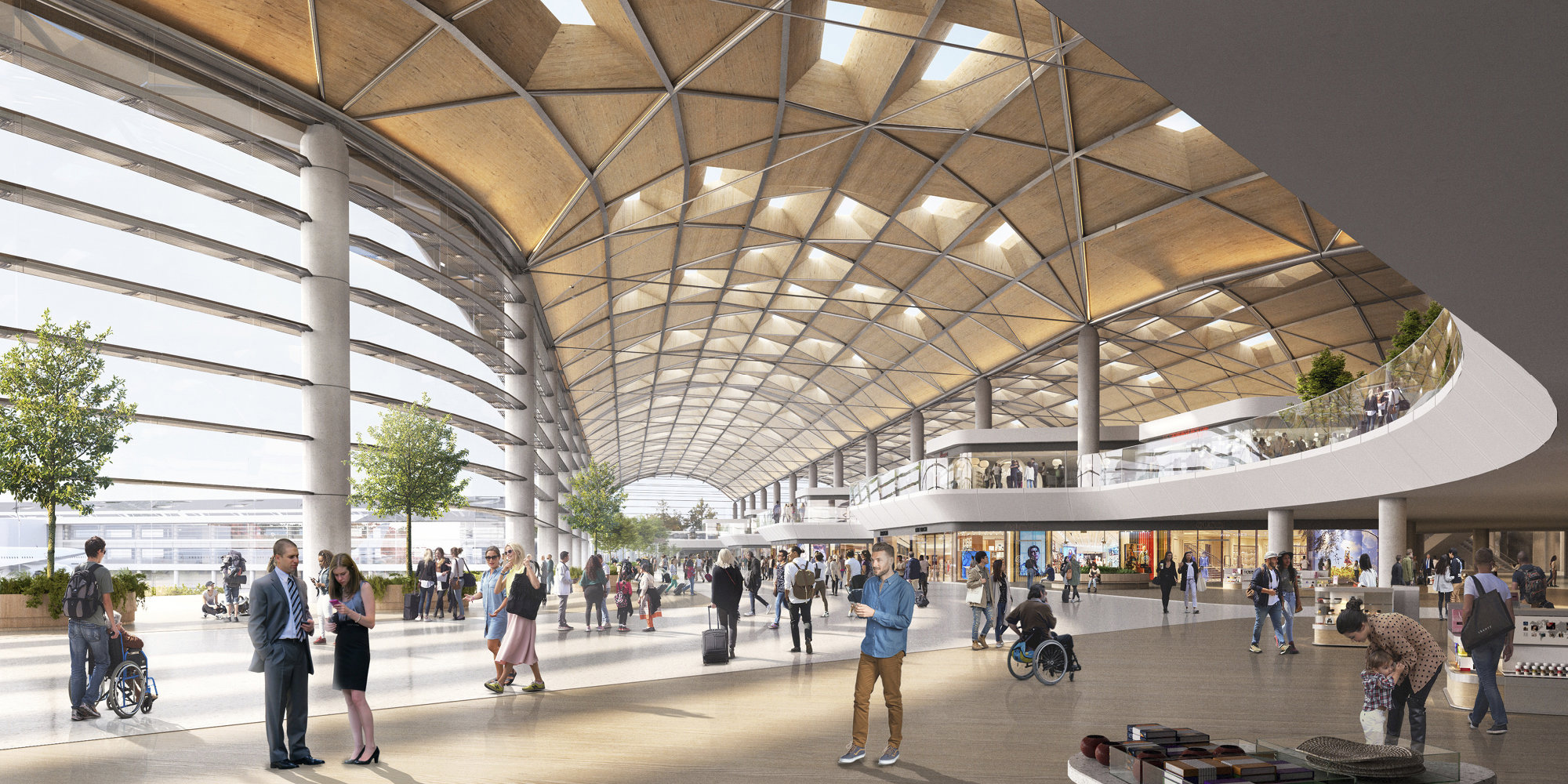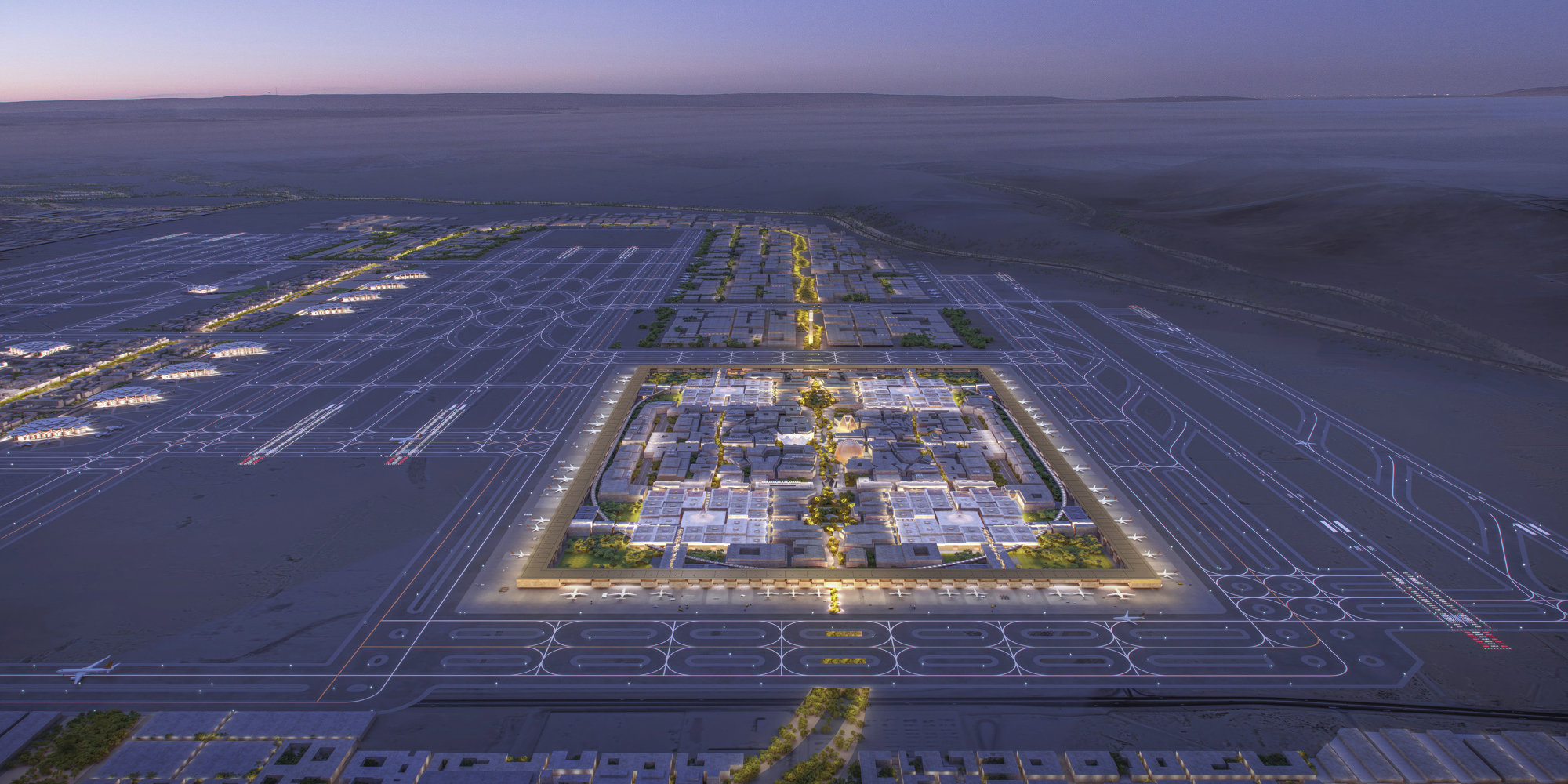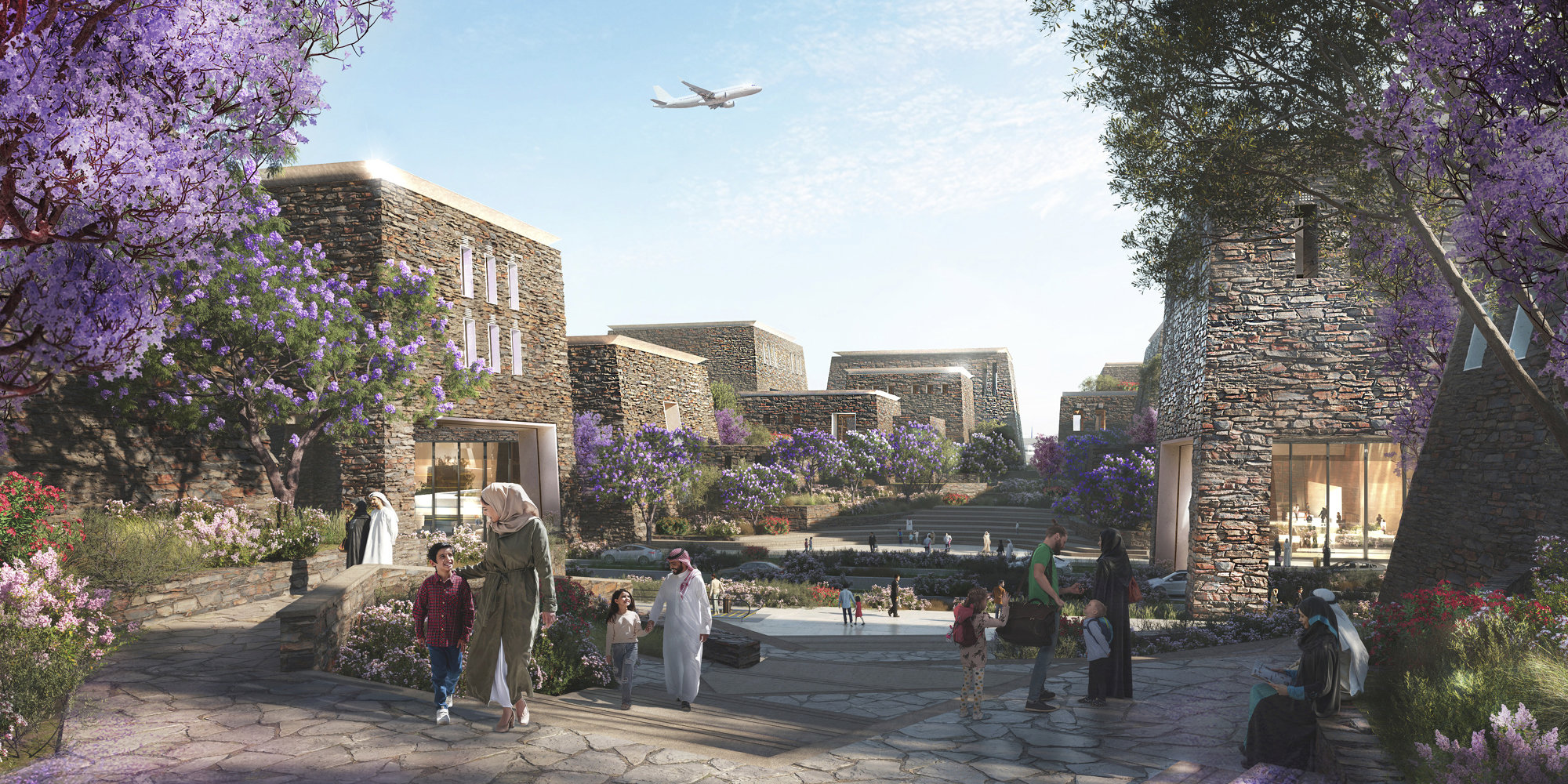Every month, three different voices from the practice share their ideas about the future of the built environment. Covering a range of typologies – from healthcare to stadiums and the workplace – we are building a picture of tomorrow.
This month, we asked Antoinette Nassopoulos-Erickson, Seif Bahaa-El-Din, and Matthew Hayhurst about aviation design. They share their ideas about the airport terminal of tomorrow, which is reactive to new technologies, celebrates a country’s identity, and brings the experience of the outside in.
